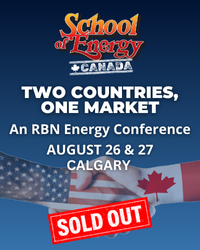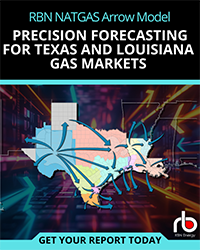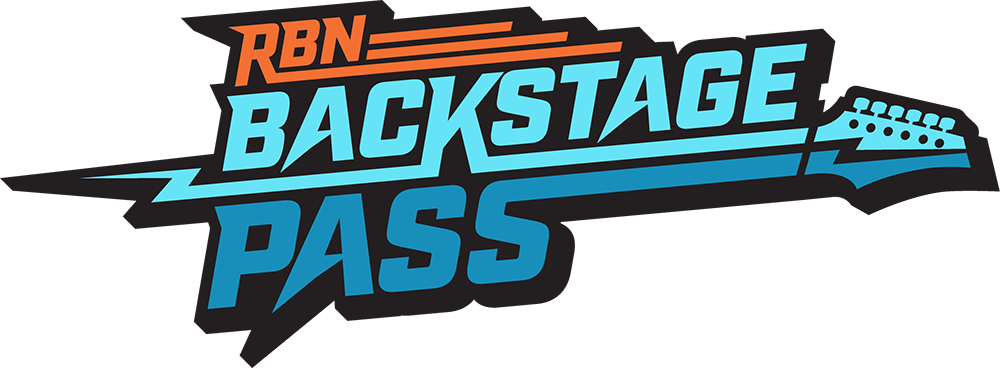As U.S. crude oil expands its foothold across the world, the markets that trade it have undergone some fundamental changes. Since the onset of the pandemic almost four years ago, these changes have included the shortening of the loading-date range for crude oil cargoes marketed along the U.S. Gulf Coast. Price reporting agencies (PRAs) like Argus have responded, launching crude oil assessments that reflect a narrower loading window. In today’s RBN blog, we take a closer look at the changes and the new assessments Argus has rolled out to help crude oil traders manage their market exposure.
Before we discuss Argus’s initiatives, let’s recap some of what was happening in the oil markets during the early days of COVID-19. In early spring of 2020, Russia and Saudi Arabia were locked in a price war that resulted in the Saudis shipping out massive quantities to customers globally. Around the same time, market participants were taking stock of the bleak demand outlook from the widespread pandemic lockdowns. It was a perfect storm for the market — a supply glut plus softening consumption — that sent benchmark oil prices plunging, including the infamous brief trip for NYMEX crude oil futures into negative territory (see Crazy). Short of shutting in production, storing unsold oil became the best option for producers, who had no clear indication of when governments would remove COVID restrictions that would resuscitate demand.
The bearish balances manifested in the oil futures market structure, reflecting a trend called contango where prices for immediate supply were cheaper than those in the forward months. As prompt oil prices weakened drastically, showing just how oversupplied the market really was, superlatives like super-contango and hyper-contango started to get thrown around. The last time we had witnessed a contango structure of that magnitude on the NYMEX oil complex was in 2008-09, when the Great Recession undermined consumer demand. As a result, E&Ps shut in hundreds of crude-producing wells (see Shut Down).
However, by the second half of 2020, the Saudis and Russians had ended their price spat and the OPEC+ group had agreed to major production cuts. Combined, these changes started to trim the fat off supply. Then toward the end of that fateful year, COVID vaccine developments had advanced enough that widespread inoculations were being planned in the new year. That raised hopes that an economic turnaround was in sight, paving the way for a recovery in demand. All in, these factors set off a rebound in crude prices, with some pondering a future with $100/bbl oil (see What a Fool Believes).
In 2021, the U.S. oil futures market structure slipped into backwardation — the opposite of contango — where near-term supply was getting priced above forward delivery. (Figure 1 below shows the difference between the prompt-month and second-month NYMEX WTI contracts.) Initially, the NYMEX crude oil curve kept flip-flopping between the two market structures (dashed red oval), but then backwardation latched on firmly from May, reaching a high of $1.79/bbl (dashed black oval) at the end of October. With the expanding backwardation, the market was telling us that while short-term fundamentals had strengthened, there was still apprehension about potential future COVID aftershocks or the impact from a push to speed up the energy transition.
Figure 1. NYMEX WTI Backwardation/Contango, 2021. Source: Bloomberg
Join Backstage Pass to Read Full Article








